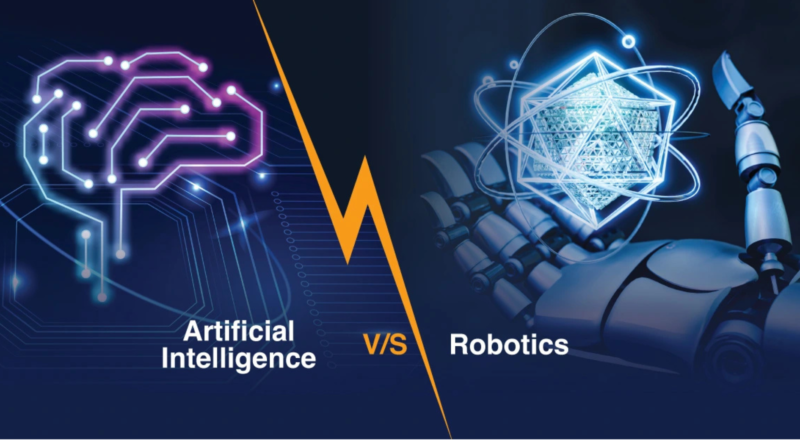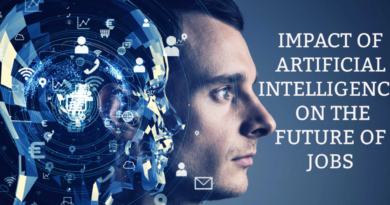“Brains vs. Bodies: The Key Differences Between AI and Robots”
The main difference between artificial intelligence (AI) and robot intelligence lies in their nature and function. AI is a form of software that allows machines to simulate human-like thinking and decision-making. It can exist entirely in a digital form, such as voice assistants, language models, or recommendation systems. AI works through algorithms and data, enabling it to learn from experiences, solve problems, and make predictions without needing a physical body.
On the other hand, robot intelligence refers to the application of AI within robots physical machines designed to interact with the real world. A robot becomes “intelligent” when it is equipped with AI that allows it to perform tasks autonomously or adaptively. For example, a robot vacuum cleaner uses AI to map a room and avoid obstacles, while industrial robots may use AI to detect defects in products or adjust movements based on changing environments.
Another important difference is that not all AI systems are part of robots, and not all robots are intelligent. Many robots operate on simple, pre-programmed instructions without any learning or decision-making abilities these are not considered intelligent robots. Conversely, AI can be highly advanced without any physical form, such as in data analysis, medical diagnostics, or natural language processing tools like ChatGPT.
In summary, AI is the brain, while a robot is the body. When AI is installed into a robot, it gives the robot the ability to think, learn, or respond intelligently to its surroundings. Without AI, a robot is just a machine that follows orders. Without a robot, AI still exists and can perform powerful tasks within software systems. The two concepts can work together, but they are fundamentally different in form and purpose.




